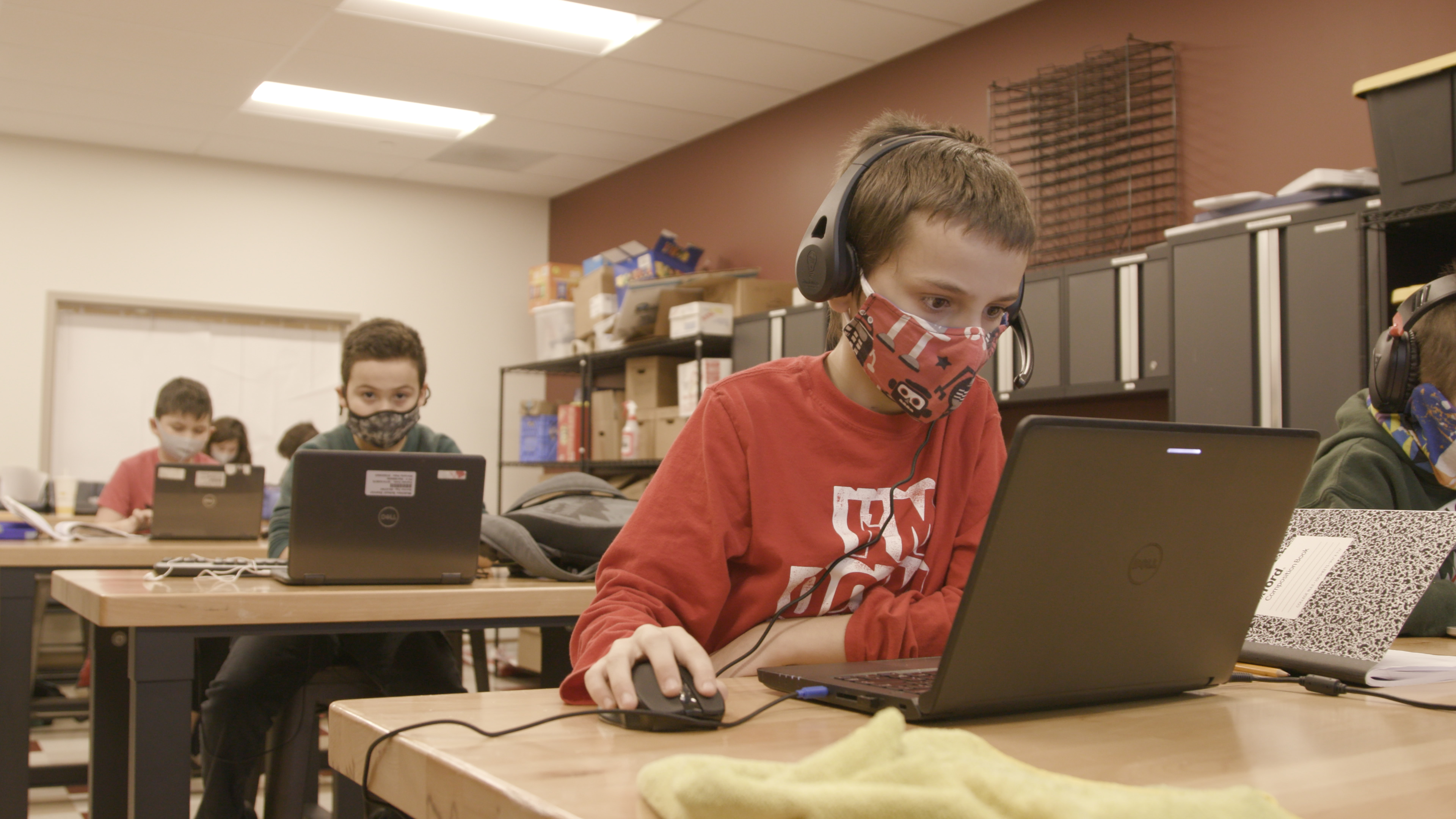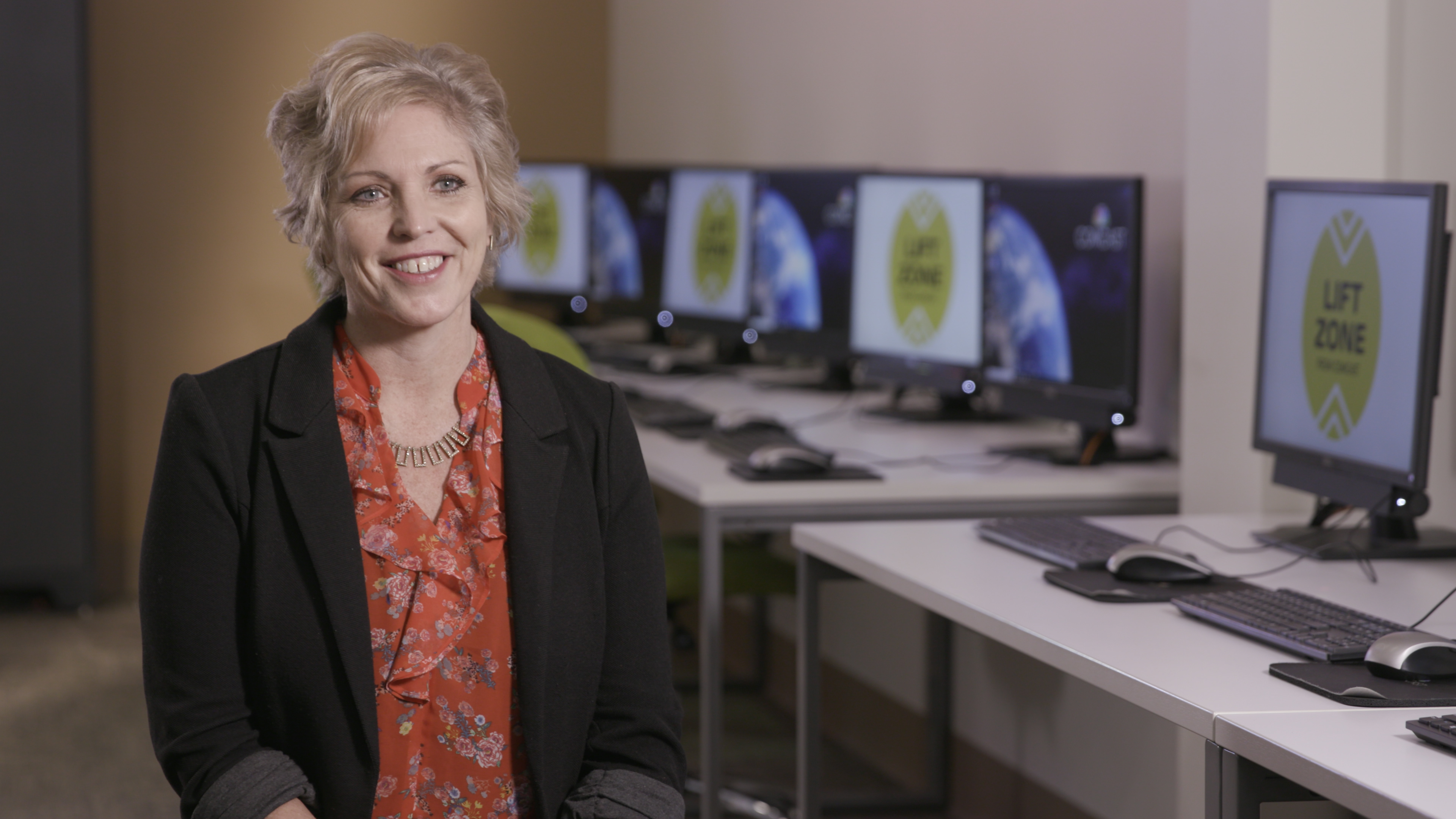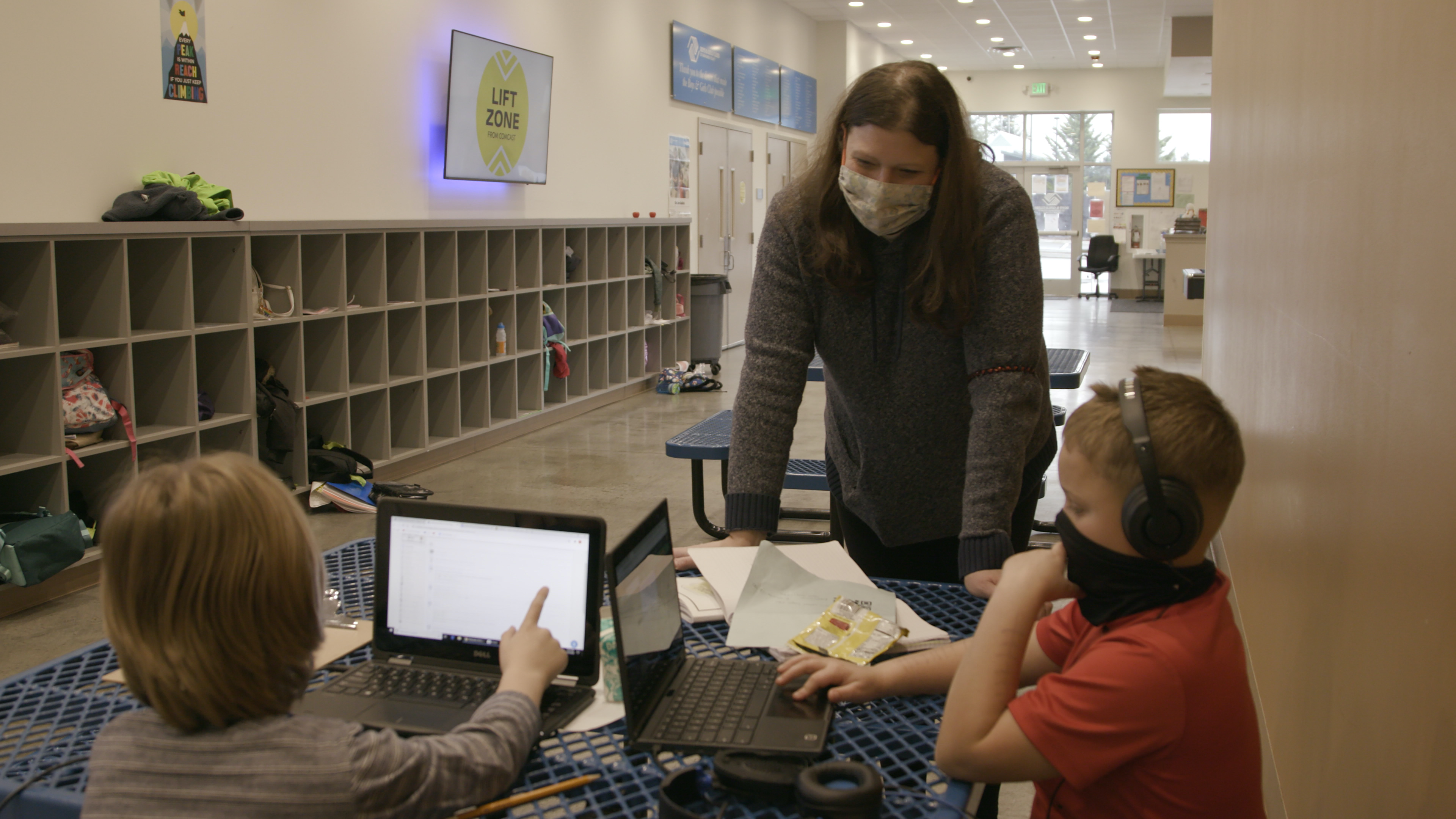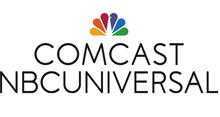Sponsored Content
How to provide safe places to learn while WA schools remain closed

When schools around Western Washington went virtual, one Granite Falls family’s solution was spending hours each day in a Rite Aid parking lot so their sixth-grader could get his Chromebook online for class. The pharmacy’s Wi-Fi was the best they could access in their rural community, tucked off U.S. Highway 2 in the Cascade foothills.
As soon as The Boys & Girls Clubs of Snohomish County staff heard about the student, they helped connect him to internet resources at one of the organization’s regional clubs. He has attended regularly since, finding reliable internet access, meals and a desk and bathroom to use, as well as staff members able to guide him through his first year of virtual middle school. Now, Comcast is stepping in to partner with the organization, turning 12 of their clubs into Lift Zones to ensure the clubs can serve as many students as possible.
Created in the wake of the COVID-19 pandemic, Lift Zones are equipped with enough robust Wi-Fi coverage for dozens of students to simultaneously attend Zoom classes and take care of their remote school work. In community spaces that have morphed into classrooms like the Snohomish County clubs, Comcast has stepped in to get buildings outfitted to meet the new technological needs.
Comcast announced the multiyear effort this fall. The company plans to roll out more than 1,000 Lift Zones in community centers across the United States; more than 15 sites have been activated already in King, Snohomish and Spokane counties. By the end of January, Comcast hopes to have almost 40 sites running in Washington.
The aim? To provide safe spaces with free internet to students participating in distance learning. Most sites are open daily from 6 a.m. to 6 or 7 p.m.
Marci Volmer, chief operating officer for Snohomish County’s clubs, says the Granite Falls family's experience demonstrates the need for Lift Zones, and shows how they provide stability during a turbulent time.

‘We became the schools’
Like many Lift Zone participants, The Boys & Girls Clubs of Snohomish County has remained open during the pandemic. Early on, the clubs were deemed essential childcare spaces by Gov. Jay Inslee, initially for essential workers and eventually for anyone.
Pre-pandemic, the clubs' before- and after-school programs aimed to help youth with school while promoting physical and emotional health. Volmer says she and her colleagues aspire to “help kids grow into being good people” — and to have fun along the way.
As COVID-19 rocked everyone’s lives last March, Volmer’s staff swiftly transitioned from being “facilitators of fun” to full-time educators, mentors, tech gurus and so on. Suddenly, Boys & Girls Clubs staff filled every role themselves, while having students in their care all day.
“When schools closed, we became the schools,” Volmer says.
On top of these challenges, systems built to have 20 or 30 people online at once now had to support much higher traffic volumes. Volmer admits the first couple months of virtual learning were an unforeseen challenge, with kids constantly getting booted from Zoom sessions and staff often unable to log on.
“When Comcast came up with these Lift Zones initiatives, it was natural outreach for us,” Volmer explains. The regional clubs already used Comcast broadband in their tech labs, and the company had helped increase coverage throughout this unusual year.
“Comcast has been a really amazing partner of ours for many years through a variety of projects,” Volmer says. For example, Comcast was the company sponsor and technology partner in creating the technology lab at the new Mukilteo Boys & Girls Club, which opened in 2019. Comcast Vice President of Finance and Operations Kevin Harrison serves on the organization’s board.
Although many Lift Zones are still in progress, Volmer says she’s signing work orders every day for new sites. Comcast has been incredibly generous in providing help wherever it’s needed. Since clubs are not “cookie cutter,” Comcast has had to enter each one for a customized setup.
The facilities range from modern spaces with up-to-date amenities to those that are located in subsidized housing complexes or are sharing space with a food bank. Due to cinderblock walls, Wi-Fi often won’t reach from one room to the next.
“One thing I really appreciate,” Volmer says, “is that this is a three-year agreement we’re going into with them; that’s huge. For [Comcast] to step in and do this for free is really amazing.”
Thanks to the Lift Zones, all kids can now attend virtual school at the same time while safely spread out across multiple rooms.
“It’s allowed us to follow safety [social distancing] protocols and learning at the same time,” Volmer says. She also emphasizes the significant stress relief that comes along with reliable internet, for both students and staff.

A warm reception
Volmer observes that, while most adults have adequate coping skills to face the pandemic and its isolation, that might not be the case for kids. As an added stressor, many live in households where parents no longer work and face major hurdles of their own while not openly discussing the new reality.
Volmer is very happy to provide a dose of normalcy and routine for the kids, and to let them know there are adults on their side. The most important part, she says, is “being that constant thing.”
“We’ve always been there, and we’re still there,” Volmer says.
The Lift Zones have drawn thanks from grateful parents via a few words at pick-up or the occasional box of doughnuts.
One pair of Spanish-speaking parents thanked the staff for helping their four children with schoolwork, since it’s challenging for the mom and dad to understand the English-language assignments, Volmer says. In another family, three sisters who have had very difficult childhoods joined the program in mid-August and have adjusted nicely to the club atmosphere. Their foster mom, who works from home, has expressed how thankful she is for the team’s patience and presence.
Comcast's support validates all of their hard work and dedication, Volmer says. She expresses heartfelt gratitude for Comcast and other community partners like the school districts. “We do not take it for granted for one second.”
Rodrigo Lopez, Comcast’s regional senior vice president for the Washington region, explains that the Lift Zones are a natural extension of Comcast’s successful Internet Essentials program. That program has helped provide home internet to more than 8 million low-income people over the past decade, including about 85,000 households in Washington.
“We’ve been committed for many years to being a constructive partner in our communities,” Lopez says. “And as a company, when we saw the impact of the pandemic, it was important to us to find ways to help.”
The company created a number of assistance efforts for its customers during 2020, including providing bill relief for residential and business customers and discounts to students and teachers, opening its public Wi-Fi hotspots for use, and offering 60 free days of service to new households signing up for Internet Essentials. The open Wi-Fi hotspots and the low-income programming will remain in place through June 30.
Lopez acknowledges no one could have prepared for 2020. While the Comcast team members recognize they can’t solve every problem, he says, they’ve asked themselves, “Where can we make a difference?”

Filling the gap
There is one area the company has continued to focus on: getting and keeping families online. Doing so helps ensure every family can participate in online education and the virtual economy.
“We’ve realized there is such a significant need in our community to have this access and these sites,” Lopez says.
The creation of Lift Zones pushed Comcast to fortify and expand existing partnerships with community service providers so “folks without access in this virtual world have places to go,” he continues.
Comcast’s work has been all about picking the right partners and empowering them, as these organizations will remain the operators of the sites. Partners include YWCA, Boys & Girls Clubs, Seattle’s El Centro de la Raza, Tacoma Rescue Mission and others. Comcast has collaborated only with those who have the ability and willingness to host the sites.
“You don’t want to overburden a particular organization,” Lopez comments, adding that each one is already doing so much to weather this challenging time. Comcast’s prime task involves getting broadband networks set up to meet each site’s numbers and needs.
As Comcast works to connect these organizations, the team is also spreading the word about the Lift Zones. Lopez says the company is working tirelessly to raise awareness among its network of local nonprofit partners, and among local elected officials, too. As more and more sites open, they hope word will spread within communities that these partner organizations and cities are helping to provide these Wi-Fi solutions from Comcast.
Lopez says he is incredibly proud of the work Comcast has done and continues to do through Internet Essentials, Lift Zones and other community-minded initiatives during the pandemic. Through all of this, he says, “we’re creating somewhat of a blanket of connectivity. We’re committed to doing as much as we can.”

